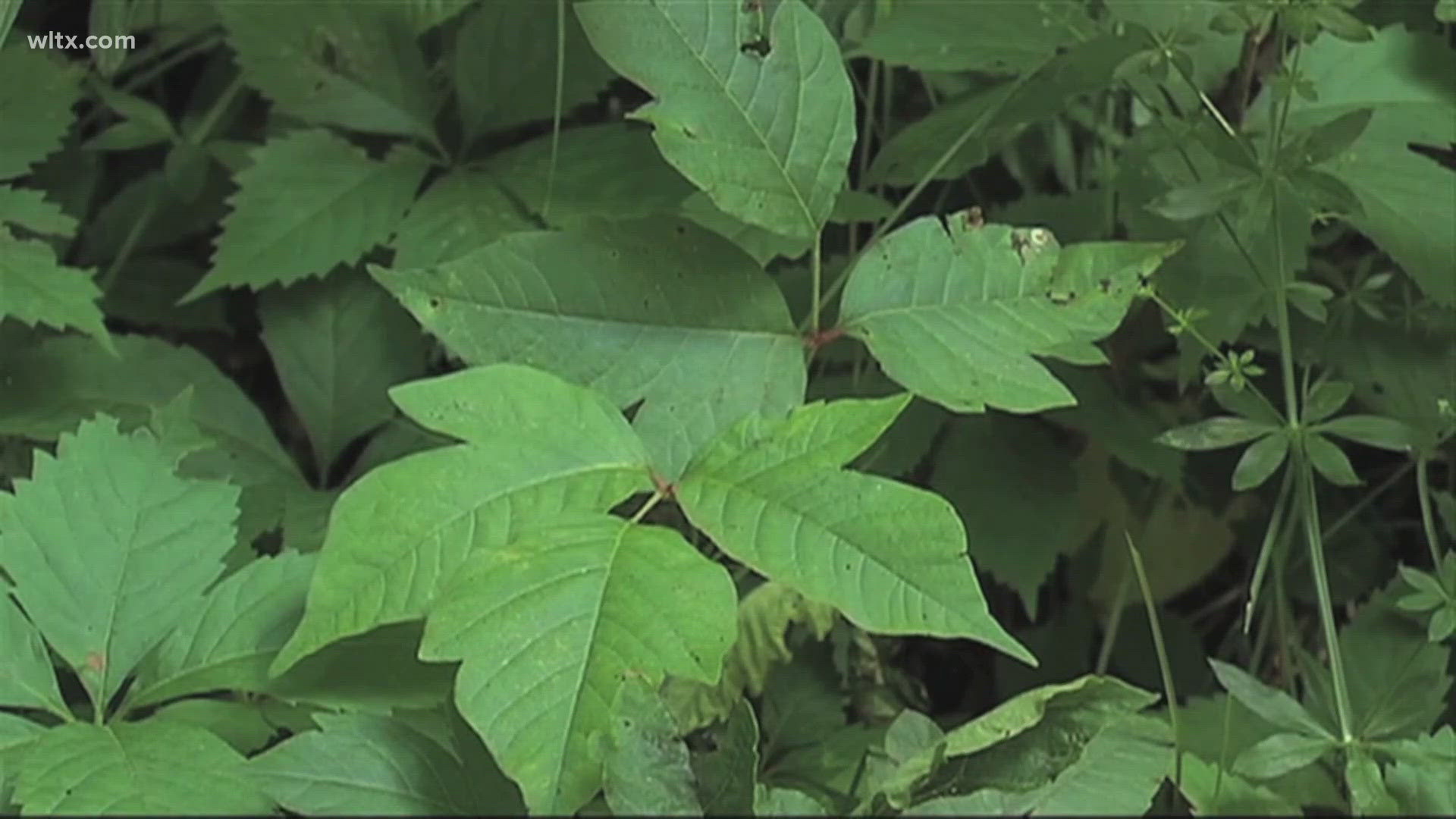COLUMBIA, S.C. — The saying goes, "Leaves of three, let it be."
It's not bad advice when dealing with poison ivy, but knowing more about the plant and what it can and can't do is even better. Poison ivy is common in the summer, and we often encounter it while enjoying the weather or gardening.
THE QUESTION
How much should you worry about poison ivy, that red rash on your arms or legs? It can be itchy and painful, but is it something to worry about, or just one of the pitfalls of summer?
So
Andrea Mock set out to Verify.
THE SOURCES
Sources were Dr. Asha James, a dermatologist certified by the American Board of Dermatology and the Centers for Disease Control and Prevention.
According to the CDC, the leaves do not cause an allergic reaction. The oil inside the leaf, called urushiol oil, causes it.
“Someone contracts poison ivy by contact with urushiol oil that’s found in any of the poison plants," Dr. James said. "So you have to actually contact the oil whether it’s on the plant, on an animal or even on a yard tool that brushed up against the leaves.”
“Exposure starts with a red streak on the skin and can lead to a rash. In serious cases, the rash will lead to painful blisters,” she said.
So, if you have a loved one in the house with poison ivy, we wanted to know if sharing couches or living spaces would spread the poison ivy.
THE ANSWER
The answer is no, as long as that person has washed their skin thoroughly.
WHAT WE FOUND
“No, you can not get poison ivy from someone else, and no, you can not spread it between other parts of your body on yourself," Dr. James said. "You have to have contact with the oil. So as long as that person has showered and scrubbed those areas, you are safe."
So we can verify: No, you can’t spread poison ivy to others unless you still have the oil on your skin.
The CDC says the best way to avoid that is to wash the oil off your skin immediately using rubbing alcohol or a degreasing soap like dishwasher soap.
You can also wash your tools or pets in the same manner if they’ve come in contact with the plant.

